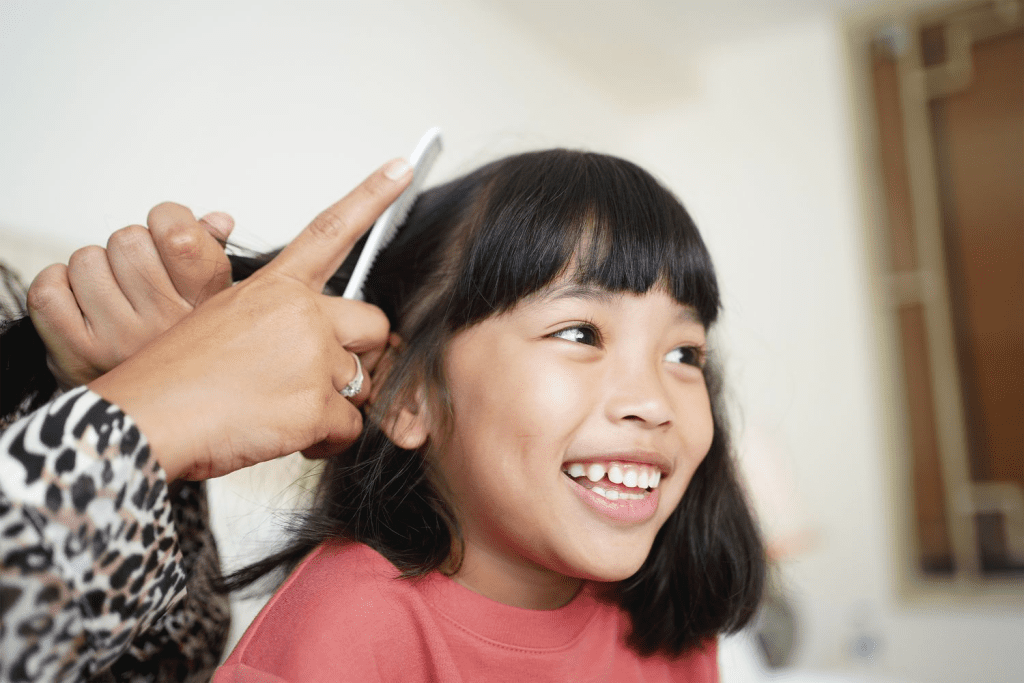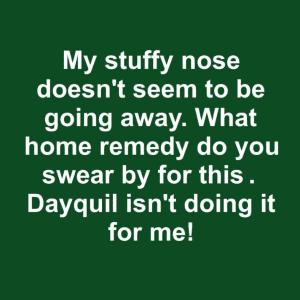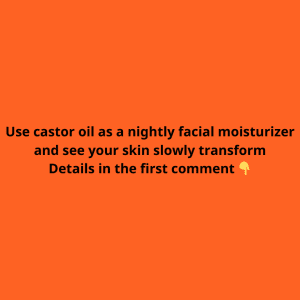Head lice are a common problem among children, and any child who interacts with others is at risk of getting them. These pesky parasites don’t discriminate—they’re found in every community, from the most affluent to the less privileged. While treating head lice is important, the real goal is preventing your child from getting them in the first place. The good news is that head lice can’t jump or fly, and preventing an infestation is easier than you think. With a few simple strategies, you can reduce the chances of your child bringing head lice home.
Let’s explore some clever and practical ways to stop children from getting head lice.
Avoid Sharing Personal Items That Touch the Head

One of the most effective ways to prevent head lice is to teach your child not to share personal items that come into contact with the head. Head lice are spread through direct head-to-head contact or by sharing items that have touched an infested person’s hair.
Encourage your child to avoid sharing:
- Hairbrushes and combs
- Hats and scarves
- Headphones and hair accessories
- Pillows and towels
By instilling these habits early, you can help reduce the risk of lice transmission at school, sleepovers, and other group activities.
Properly Store Personal Belongings in Public Spaces
It’s not just about avoiding sharing personal items—how your child stores their belongings can also impact their chances of getting head lice. Schools and childcare facilities often have children’s coats, hats, and scarves piled together, which can be a breeding ground for lice transmission.
Teach your child to:
- Hang their coat and hat on individual hooks or store them in separate cubbies.
- Avoid placing personal items like hats or scarves in communal piles where they can come into contact with other children’s belongings.
Simple storage habits can go a long way in keeping head lice at bay.
Regularly Clean Shared Household Items
Items like car seats, pillows, and headphones are frequently used by multiple people and can come into contact with your child’s head. While lice don’t survive long without a human host, it’s still a good idea to regularly clean these shared items to minimize the risk of lice transmission.
For household hygiene, make it a habit to:
- Wash pillowcases and bedding frequently in hot water.
- Clean headphones, hairbrushes, and hats regularly.
- Vacuum areas where your child often rests their head, like couches and car seats.
Keeping these items clean reduces the chances of lice lingering around your home.
Familiarize Yourself with What Head Lice Look Like
Being proactive is key when it comes to preventing head lice. By familiarizing yourself with what head lice and their eggs (nits) look like, you’ll be able to spot them early if they ever appear. Head lice are small, wingless insects about the size of a sesame seed, and nits are tiny yellow, tan, or brown oval-shaped eggs attached to the hair shaft.
Review pictures of head lice and nits online, so you’ll know what to look for during regular checks. The earlier you catch an infestation, the easier it is to treat.
Perform Weekly Head Checks

Make it a habit to inspect your child’s hair at least once a week, especially if there have been reports of lice at school. Pay special attention to areas behind the ears, at the nape of the neck, and along the hairline, where lice like to hide.
To make the process easier:
- Wet your child’s hair and apply conditioner to help detangle.
- Use a fine-toothed comb to part the hair and look for any signs of lice or nits.
- Check for symptoms like an itchy scalp or visible red bumps, which can indicate lice activity.
Regular checks will help you catch lice before they have a chance to spread.
Be Prepared Before Sleepovers and School Trips
Sleepovers, school trips, and camping outings can increase the likelihood of lice transmission due to close head-to-head contact among children. Before sending your child off to these activities, review prevention tips with them.
Remind your child to:
- Avoid sharing pillows, blankets, or other items that touch the head.
- Keep personal belongings separate from others.
- Stick to their own hairbrushes and accessories.
These reminders can help prevent lice from hitching a ride home after fun group activities.
Myths to Avoid: Ineffective Measures Against Lice
There are many misconceptions when it comes to preventing lice, and it’s important to know what doesn’t work. Some common myths include:
- Short hair prevents lice: While lice may find it easier to travel on long hair, they can still infest short hair.
- Ponytails keep lice away: Tying hair back might help minimize contact, but it’s not a foolproof prevention method.
- Special shampoos and sprays: Unless there’s an active infestation, special lice shampoos and sprays don’t offer any added protection.
Focus on proven prevention methods and avoid relying on these myths.
Prevent the Spread if Your Child Contracts Head Lice

If your child contracts head lice, quick action is crucial to prevent it from spreading to others or reinfesting your home. Here’s what you can do:
Remove All Nits While lice treatments kill live bugs, nits (eggs) can remain on the hair and hatch later. Make sure you remove every nit by using a fine-toothed nit comb. This is essential to prevent reinfestation.
Notify Close Contacts Inform other parents if their children have been in close contact with your child. By checking for lice early, they can treat their children promptly and prevent the spread. This is especially important in group settings like classrooms or sports teams.
Conclusion: Preventing Head Lice Is All About Awareness
Preventing head lice may seem challenging, but by following these clever tips, you can greatly reduce the risk. Teaching your child good habits, such as avoiding shared items and properly storing belongings, will help keep lice at bay. Regular head checks and staying informed about lice outbreaks at school are also key in preventing an infestation.
And if lice do find their way into your home, early detection and treatment, combined with communication with other parents, will ensure they don’t linger for long. With these smart strategies, you can stay one step ahead of head lice and keep your child itch-free!


